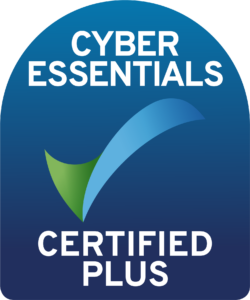The phrase ‘you can’t judge a book by its cover’ first appeared more than 70 years ago in the thriller novel ‘Murder in the glass room’. Today, it’s a statement that could be applied to a particular aspect of technology marketing.
There’s a common misconception within technology marketing that certain mediums will automatically fulfil a role within the buyer journey by virtue of format, title or location. However, one thing that is often overlooked is the quality and purpose of the content that’s being provided for that medium.
For example, thought leadership pieces are often seen as the gatekeeper to engagement. The most popular of these is the tried and tested white paper. Having an engaging title, pitching as thought leadership reinforced by a reputable brand, and seeding it on vibrant and respected tech properties doesn’t guarantee that the content has ‘killer’ qualities.
Content should resonate with the audience in terms of pitch and clarity of the message, not the medium. Likewise, format doesn’t guarantee that the content will strike a chord with the user. We’ve all consumed white paper content that’s caused us to immediately regret trading your data – when it’s evident that there’s little enlightenment or clarity in return.
One of the more glamorous and (sometimes) costlier assets within the tech marketer’s repertoire is the positioner video. To use another metaphor, they say that a picture paints a thousand words which is true if executed correctly. Video content can cut through and explain complex technical architectures, elevate product information and even express a corporate vision. One thing to heed however, is just because it’s a video doesn’t mean it’s a panacea for poorly conceived content. Again, we’ve all experienced video content with patchy scripts, flimsy concepts, poor delivery and an over- or under- inflated pitch that leaves the audience more confused than an episode of The Twilight Zone.
A logical approach to content is to take an agnostic view of the outputs. Start with the message – who are we addressing? What is it we want to say? How do we want to pitch it? Is this content they are accustomed to receiving? Once you’ve answered these questions the format and medium should then be selected to serve the message… not the other way around.
To find out if your content is suffering from medium over message register for our unique M4 content audit.
